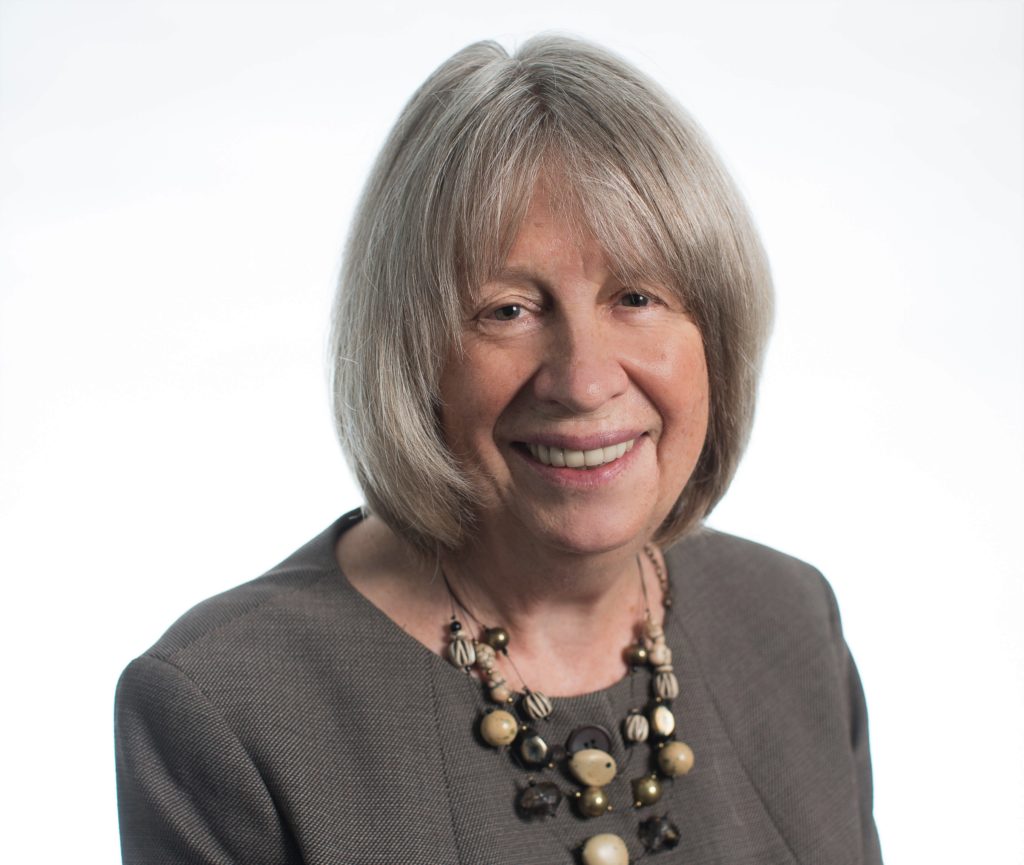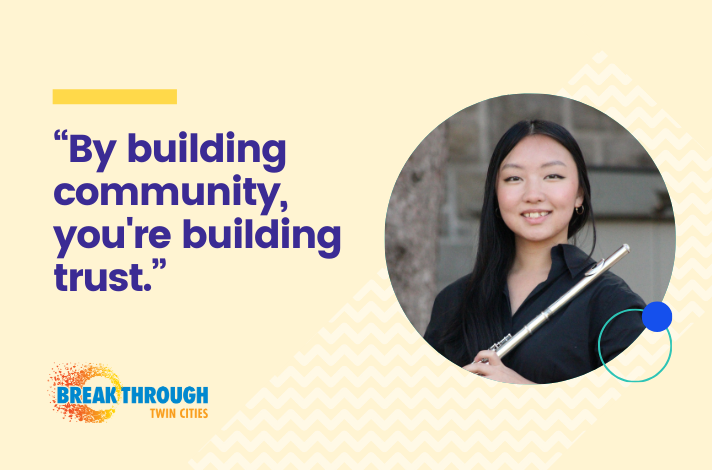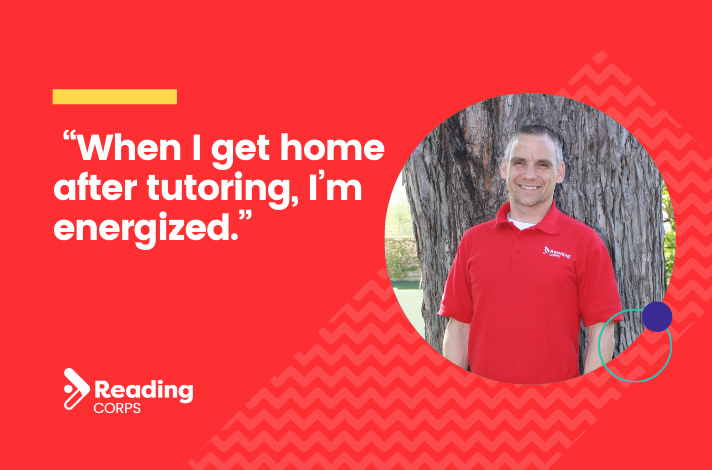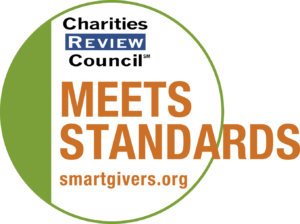On November 29, Audrey Suker celebrated 20 years at the helm of ServeMinnesota, the nonprofit State Service Commission that oversees AmeriCorps for the state of Minnesota. Over the past two decades, Audrey transformed ServeMinnesota from a small commission within a state government department to a $35 million organization, and tripled the number of AmeriCorps positions statewide. She helped to lead the program development of Reading Corps (launched in 2003), which helps thousands of students every year and gathers data on student outcomes that is crucial to schools in Minnesota as well as 12 other states and the District of Columbia.
Certain that AmeriCorps could play a role in helping the substance use disorder crisis of the past several years, Audrey convened experts from the field of recovery, identified a gap in service for people leaving treatment and recognized a unique opportunity for AmeriCorps members to serve as peer recovery navigators. Recovery Corps was launched in the Twin Cities metro region two years ago, and has since expanded to Bemidji and Duluth.
More recently, Audrey helped spearhead the development of an early math program that facilitates learning key skills, and by integrating these with existing work in preschools, creates a more comprehensive Kindergarten readiness initiative ready to scale statewide.
We could not let this milestone pass without asking her to share her reflections and wisdom from the past 20 years at ServeMinnesota. Read our interview below.
What was your career like before ServeMinnesota, and what did you find intriguing about the CEO position at ServeMinnesota?
My entire career has been characterized by the fact that every job I’ve had, I’ve loved. My professional training was actually as a vocational rehabilitation counselor. I worked as a counselor for 12 years. I loved it.
I moved from that position to managing a state office for rehabilitation services. I managed that office for four years, and then I got recruited to be the Department Director at the Courage Center (which later merged to become the Courage Kenny Rehabilitation Institute). I did that for eight years, and I loved that, too. That exposed me to the nonprofit world, working with boards of directors and having to raise private money. It was not an easy job because I had been naively protected in my other work from the reality of having to generate revenue, and it was an invaluable learning experience for me.
After eight years, I was ready for my next move, and serendipitously, my predecessor (from ServeMinnesota) was actually on my board at the Courage Center. He informed me he was leaving, and I was like, “All right, that’s pretty interesting,” and I applied for the position.
At that time, that position was called the Executive Director of the State Service Commission (for AmeriCorps). It was then within the Minnesota State Department of Children, Families and Learning and not a nonprofit as we are now.
What was it like in your early days of ServeMinnesota?
When I started in 1999, State Service Commissions and AmeriCorps were only five years old, and it was really the perfect time to come into the field. All my colleagues were also learning, but because they’d been around long enough, what I was able to do almost immediately was learn from all of my colleagues. There were only several of us at the Minnesota office, and at that point in time, the Corporation for National & Community Service (CNCS) had a much closer relationship to the directors of the State Service Commissions and were really intent on making sure all of us knew what our jobs were. They convened regular calls and trainings to bring us together, and it gave me a wonderful opportunity to learn about what was going on in the other states.
Why and how did ServeMinnesota leave the state government and become a nonprofit?
When I first took the job at the State Service Commission, my predecessor handed me some documents, and he said, “You have to start a nonprofit,” because one of the realities for Minnesota is that since we’re a midsize state, the amount of federal dollars that we receive to support our administrative infrastructure was inadequate. They were really struggling with how we could afford to have a staff that could support our goals, and becoming a nonprofit was the way to go.
What I did early on was start talking to my colleagues around the country in states where it looked like they were thriving and from that, determined, it wasn’t so much the structure of the commission that mattered – whether they were in the governor’s office, or whether they were a nonprofit, or whether they were in a state department – but rather, whether they controlled their own destiny. That was the factor that made a difference. Fortunately, the board of directors I was working with at ServeMinnesota at that time were fabulous, and they supported the idea.
We came up with a list of deal-breakers – to be nimble and entrepreneurial, to control our destiny – and the board took those deal-breakers to the commissioner of the department, and she said we needed to be separate to become a nonprofit. We had legislation to make that happen in 2002. I came in November of 1999, and in April of 2002 we separated as a nonprofit.
How has ServeMinnesota changed and evolved over 20 years?
What’s been really fun in terms of how we’ve been able to evolve is just embracing the design of the federal AmeriCorps program. It was designed to reward states that are successful in engaging multiple sectors in the success of their work – primarily the state legislature and the philanthropic community. After we were independent, we could work directly with them both and apply what we were learning from other states. One of the key learnings from other states that were thriving was they were addressing big state-wide issues. California, for example, was doing a ton around children’s health on a state-wide basis. Washington state had launched a program to help students who needed extra help with reading.
We used these states as examples of how to solve big issues and approached our legislature – and that’s how we started Reading Corps, with great thanks to the insight of (Minnesota State Representative and later, Education Commissioner) Alice Seagren. Our research-to-practice model just started to take shape, and it’s informed everything we have done ever since.
We had a vision for what we knew we could do for Minnesota. We were fortunate enough to then talk to the right people and step into a gap that needed to be filled. It was a teaching moment and transforming moment.
How has the work in developing Minnesota Reading Corps and Math Corps informed new program development – for example, with substance use recovery?
Similarly, what we learned from our early work as we started to go into recovery were there were pillars of program development that we cannot compromise. That is really understanding that sweet spot for service. We need to be designing something that can be integrated into a larger solution. Because the issue of recovery from substance use disorders is so huge, our experience with Reading Corps and Math Corps has taught us what questions need to be asked about recovery, what partners we engage with, knowing we need to have content expertise. We contract with experts in the field until we get enough infrastructure to bring the expertise in house, but we will eventually have Research and Development around recovery the same we now do around education.
How did you make the decision to take Minnesota Reading Corps and Minnesota Math Corps — state AmeriCorps programs — launch them nationally?
The commitment to taking it national happened when Target started to fund our work in Minnesota. It was in a conversation with Target, a national corporation headquartered here, when they said we will only fund your work in Minnesota if you are willing to replicate your work nationally. That was an easy thing to say yes to.
What is ServeMinnesota’s greatest accomplishment?
It really is isolating the sweet spot for service in terms of building a bridge between research and practice. And then, having done that, being able to speak with confidence about what’s happened for students in Minnesota, and knowing how to take that same approach to any issue area that we’re working on. Finally, it’s that we are willing to share that with our colleagues across the country.
What drives and inspires you every day?
Inherent in this work is always the sense of possibility. Every day it is thinking about what is possible if we can just move through this issue, this obstacle or this barrier, and then knowing that if you can do that, you can get the kinds of results that you know you’re able to get in the programs.
What are you most looking forward to in the coming years?
Constantly pushing towards everything that’s possible. Knowing now that there are resources that we can leverage that will help us not only continue to scale what we’re doing in reading, math and recovery, but look at other issue areas of great importance – like environmental issues and issues that affect seniors.
How would you describe your past two decades leading ServeMinnesota?
It’s been so joyful. What I’ve discovered is that I knew I really enjoyed program development and taking new ideas and nurturing them and helping them thrive, and then to walk into this situation was remarkable. You can’t design a better entrepreneurial opportunity than this – where you have the federal government saying, “I’m going to give you most of what you need. All you have to do is figure out where it’s going to make the biggest difference to your state or community and then engage others, and that’s it.” So it’s remarkable. I think it is the situation that I walked into that has allowed me to thrive in what I love in terms of entrepreneurial work.
It seems like I’ve been here a minute. It’s just a reflection of time and the incredible gift of doing something that you just love. I’ve loved every minute of it.
Would you like to make a donation to ServeMinnesota and fuel innovation in honor of Audrey’s 20th anniversary? (And did you know you might be able to donate tax-free from your IRA? Learn more about whether you are qualified.)

